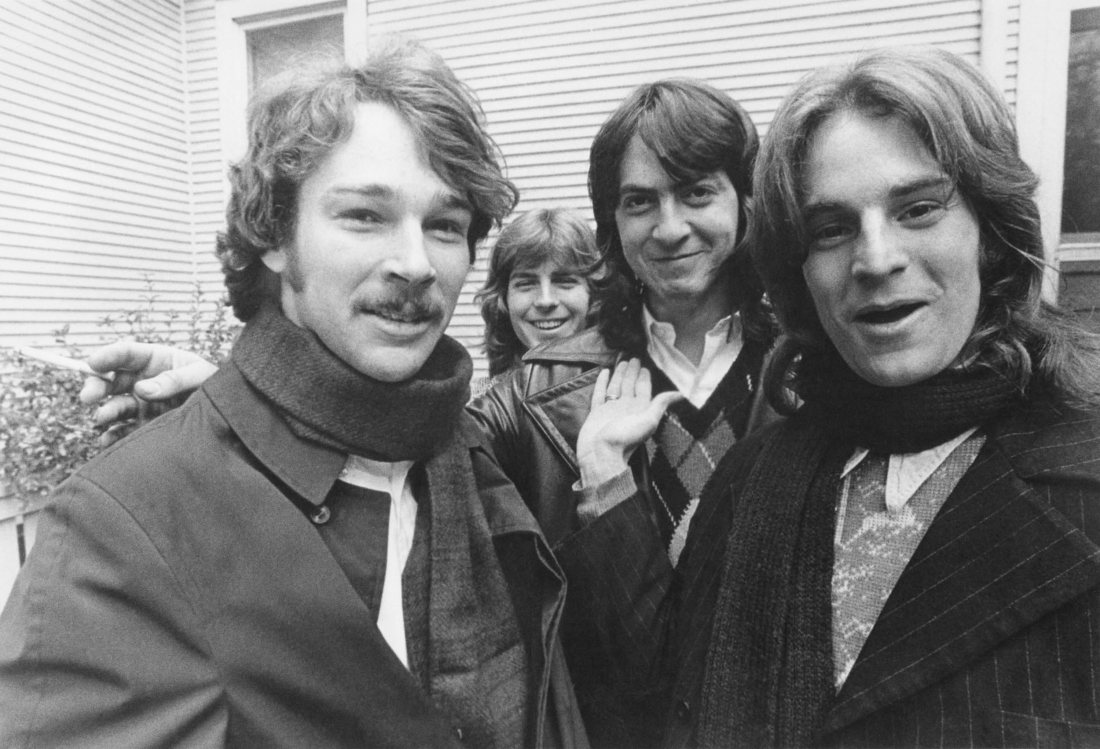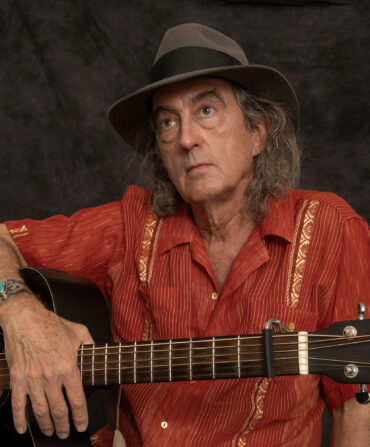There’s irony, and then there’s naming your band Big Star and your debut album #1 Record only to see sales stiff at just a few thousand copies, causing your bandmate to quit and your music to recede into relative obscurity.
In 1972, though, on the eve of the record’s release, Memphis power-poppers Big Star seemed poised for the big time. Co-frontman Alex Chilton had already tasted success with the Box Tops, whose 1967 hit “The Letter” thrust him, at 16, into the spotlight. Now a few years older and a bit more jaded, Chilton joined co-frontman Chris Bell, bassist Andy Hummel, and Stephens on drums to form Big Star, drawing the attention and support of Memphis label Ardent Records.
When #1 Record dropped, Rolling Stone praised it, and radio stations in New York and Boston added the band to their playlists. The only problem: Nobody could find the record in stores. “[The deejays] would call the record stores and get a gauge on what the response was, and they weren’t selling any records because they didn’t have any to sell,” says Jody Stephens, Big Star’s drummer and the band’s sole surviving member. “So, they stopped playing it.”
After #1 Record crashed on impact, Bell quit. The band continued as a trio, releasing Radio City in 1974. Hummel eventually left, and Chilton and Stephens pieced together another album, a shambolic affair released as Third in 1978.
While few people heard Big Star, the band made a seismic impression on those who did. Guitarist Peter Buck introduced them to Mike Mills, who would soon become his bandmate in R.E.M. “When I heard Big Star, I recognized people who did what I wanted to do,” Mills says. “They wrote songs that both rocked and were sensitive and beautiful, sometimes at the same time. It was an encapsulation of everything I believed a band should be.”
Big Star was also a massive influence on eighties college rock, the tag given to the decade’s surge of jangly power-pop bands. When Minneapolis punks the Replacements recorded their 1987 album, Pleased To Meet Me, they included the tribute song “Alex Chilton.” (The semi-reclusive Chilton played on another track, “Can’t Hardly Wait.”) The band’s biggest break came when their song “In the Street” was rerecorded by Cheap Trick and selected as the theme song to the late-nineties and early 2000s sitcom That ’70s Show.

A reformed Big Star—led by Chilton and Stephens, with Jon Auer and Ken Stringfellow of the Posies rounding out the lineup—performed and recorded sporadically beginning in 1993. Tragedy struck days before the band’s scheduled performance at South by Southwest in 2010, though, when Chilton died of a heart attack. Stephens rallied Evan Dando, Chris Stamey, and Curt Kirkwood to play the festival as a tribute to his friend.
To celebrate the fiftieth anniversary of #1 Record, Stephens has recruited Mills, Stamey, Auer, and Wilco’s Pat Sansone for a six-city tour in November and December, where they’ll perform the album in full each night.
We spoke with Stephens about his memories of creating #1 Record and its legacy.
When you think of #1 Record, what memories shine brightest?
It was a new adventure for me, because my brother and I had been in cover bands and all of a sudden, I’m sitting down and having to create my own drum parts with some really talented guys. This was a whole new ballgame. I was seventeen, I think, when “My Life is Right” was cut, and then eighteen when we did the record, so I just remember feeling really lucky to be there and a bit timid about things.
Does the title reflect the feeling going into the album?
I think that might have been a bit tongue-in-cheek, but Chris was dead serious about the music and the production of that music and its direction. He lived and breathed it. It’s not a reference to it being our first album, it’s a chart reference. I think that was just in keeping with that audacity or whatever it was. At the time, I had trouble telling people what the name of the band was because I thought it was a little pretentious, but getting into it and tracking [songs] like “The Ballad of El Goodo” was such a rush, because I think we were all a good fit for each other.
The band’s SXSW appearance in 2010 turned into a tribute to Alex, who had passed away three days earlier. What are your recollections from that day?
I was in the middle of the [festival’s] registration hall when I got a call from Alex’s wife, and she told me he had passed. All of a sudden, you hear something like that and you feel really isolated. It was devastating and such a complete surprise. I just went back to the hotel room and made a few phone calls to Jon [Auer] and Ken [Stringfellow] about whether to play or not, but I don’t think any of us had the idea of not playing. We quickly turned it into a tribute to Alex and got some wonderful folks to join us. Andy Hummel was there and joined us on a few songs.
Back in 1972, Alex had already been through the hit parade with “The Letter.” Did success seem inevitable for Big Star?
For me, it was kind of pie-in-the-sky to think it was gonna go anywhere. However, I think it was a foregone conclusion for Chris, and I think that’s what was so upsetting to him—that it didn’t really get in the record stores and it didn’t get to where he wanted it to be.








